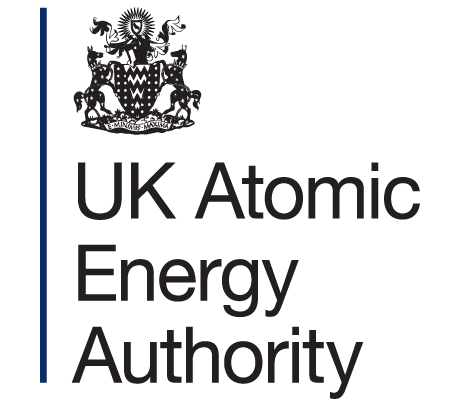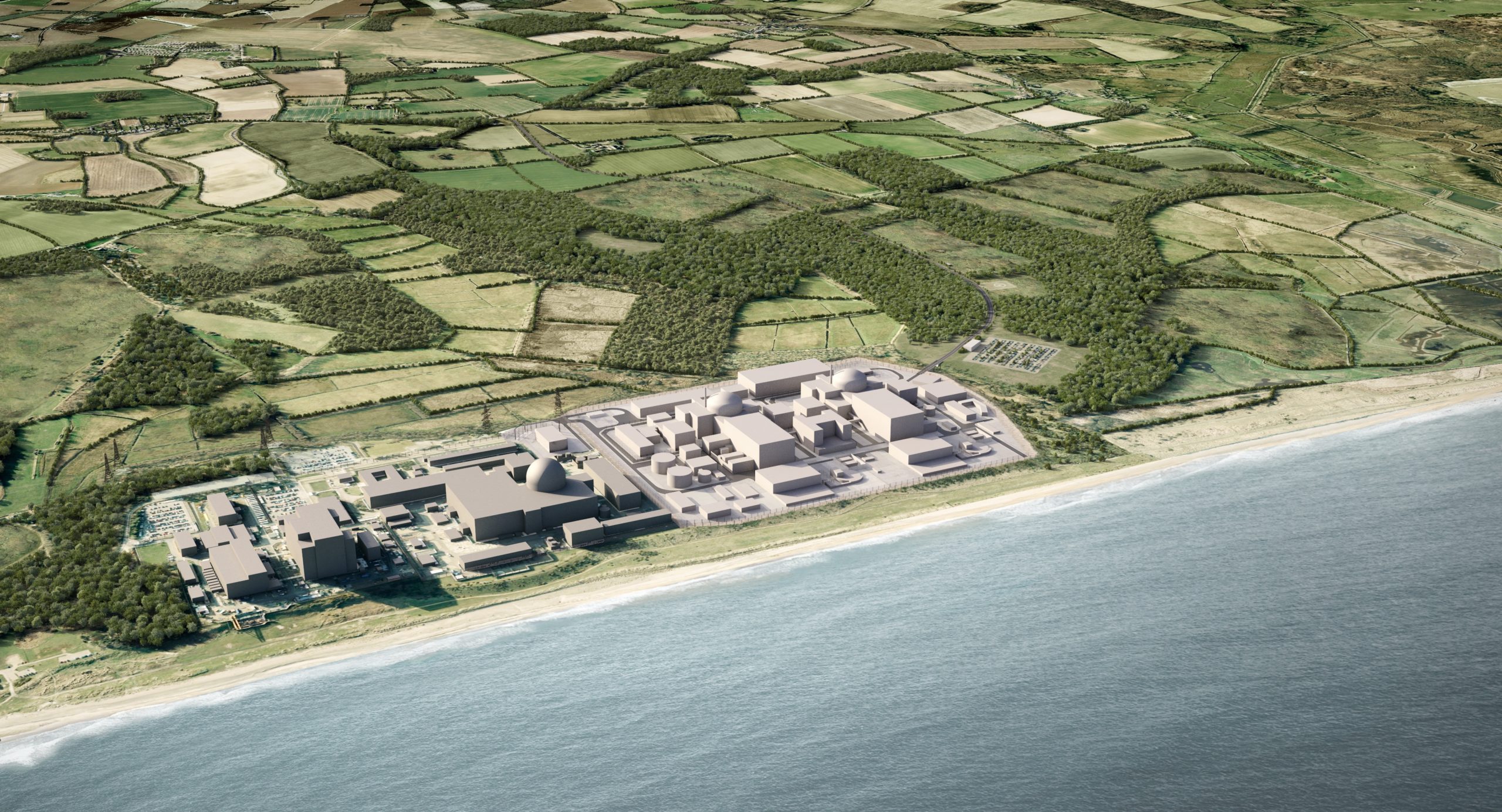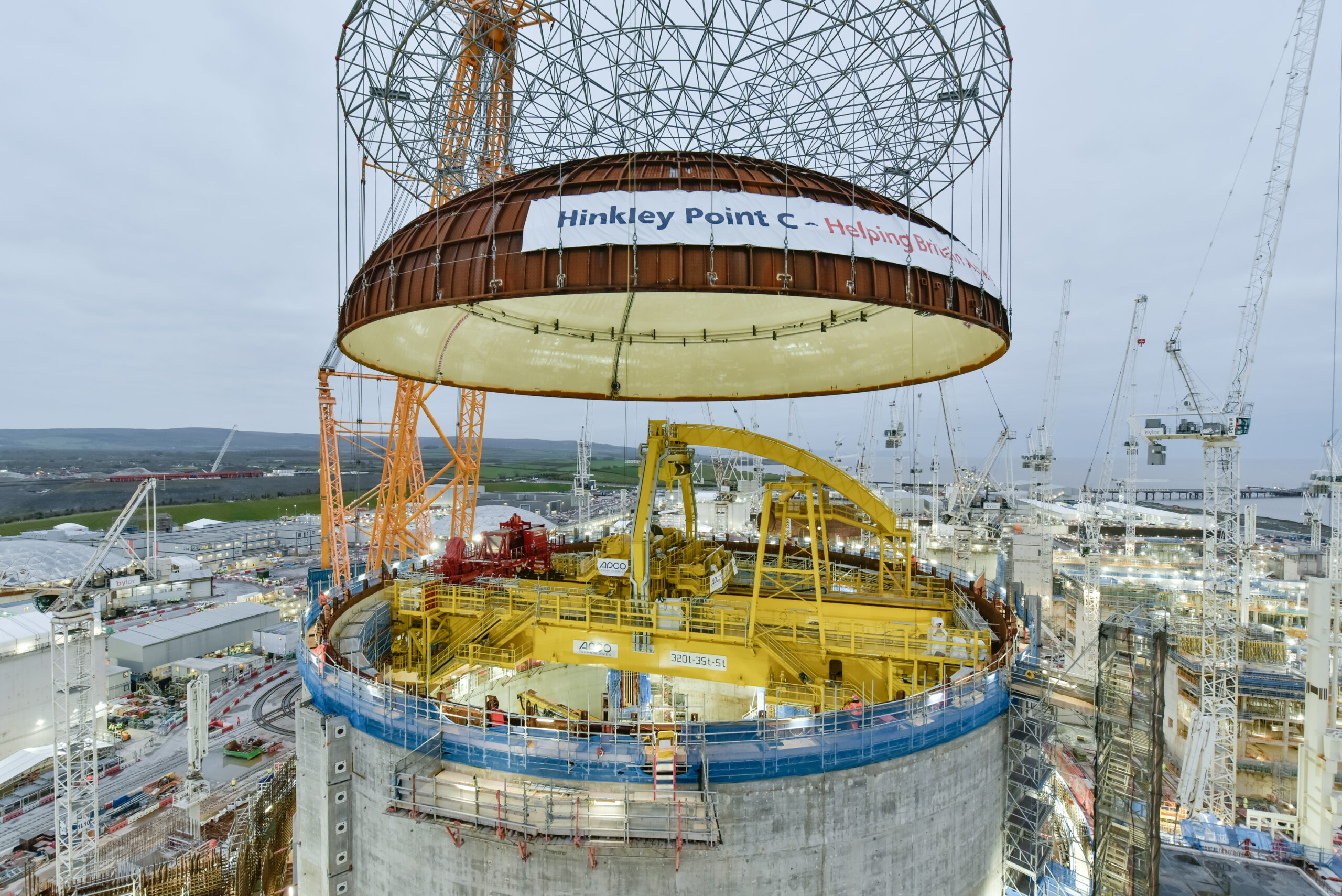The Nuclear Industry Association (NIA) welcomes the chance to respond to the Science and Technology Committee’s ‘Long-duration energy storage as part of a net zero grid’ inquiry.
The NIA is the trade association and representative body for the civil nuclear industry in the UK. We represent around 270 companies operating across all aspects of the nuclear fuel cycle.
Due to the diversity of our membership, our views in this submission will cover high-level, industry-wide matters. Our members may choose to make their own detailed submissions.
How much medium- and long-duration energy storage will be needed to reach the Government’s goal of a fully decarbonised power grid by 2035 and net zero by 2050, and by when will it need to be ready?
- Under what scenarios would the grid draw heavily on long-duration storage? How well are these scenarios understood?
- What is the range of estimates for likely electricity demand in 2035?
How sensitive is the amount of storage needed to assumptions about the future balance of supply and demand on the grid?
- What role could nuclear power, fossil fuel generation with carbon capture and storage, or other energy technologies, play in reducing the need for energy storage on a net zero grid?
- What role could greater grid interconnectivity between Great Britain, Northern Ireland and other nations play in addressing the imbalance between supply and demand?
- What role could demand-side management of electricity play in reducing the dependence on storage?
- What impact will future climate change have on demand – for example, how much will the seasonal differences in power demand change with warmer winters and greater use of air conditioning?
The role of nuclear in meeting future electricity demand
Regarding question 1, on reaching the Government’s goal of a fully decarbonised power grid by 2035 and net zero by 2050, and question 2, on reducing the need for energy storage on a net zero grid, nuclear power is essential to each of these needs. We support the expansion of long-term energy storage as one part of building a robust, resilient and secure net zero energy system, however, we will believe that it should not be used to replace key function of nuclear.
Meeting Baseload Needs
The UK has a minimum grid demand, or “baseload” demand, of roughly 15 GW of power. The most efficient way to meet this constant and predictable generation need is through generation that is similarly predictably available, at all times of day and the year, and in all weather conditions. Nuclear is the only proven source of this clean baseload power.
- Long-term energy storage is not a primary energy source like nuclear, so it relies on using surplus energy from other sources. It is inherently less efficient to meet baseload needs through overbuilding variable power sources and combining them with energy storage systems than it is to meet them through a single baseload technology. The most cost effective electricity systems will use as few solutions as possible to solve the problems we have.
Since the UK only has 5.9 GW of clean, baseload nuclear to meet approximately 15 GW of minimum grid demand, it makes sense to build as much nuclear to match this baseload level.
However, the Climate Change Committee (CCC) has estimated that the UK needs to quadruple its clean electricity supply by 2050, and double its overall electricity output to meet net zero. Electric vehicles, heat pumps, electric arc furnace and other low-carbon innovations will need more power, thus raising the minimum level of grid demand. Nuclear is the best way to meet this demand.
Consequences of Lack of Baseload Power
Falling baseload generation in our electricity system at the moment is driving up wholesale prices to extraordinary levels, which has increased consumer bills. This is a direct consequence of the UK not deploying more nuclear power:
- Nuclear capacity in the UK has fallen to 5.9 GW, the lowest level since 1975.
- Combined with the retirement of coal-fired units, the amount of baseload-capable generating capacity has fallen significantly.
- This past winter, the Baseload Market Reference Price for Winter 2022-2023 for electricity reached £405.26/MWh, nearly 10 times the normal level.
- Despite the fall in gas prices internationally, the Baseload Market Reference Price is £207.07/MWh for Summer 2023. This is extraordinarily high.
- For comparison, this is nearly twice Hinkley Point C’s inflation-adjusted strike price of £128/MWh, which is a First-of-a-Kind nuclear project and the first UK nuclear project to be financed without any public sector risk sharing in the construction phase. Sizewell C will be a replica with more competitive financing and public sector risk sharing.
- National Grid issued more Capacity Market Notices in 2022 than it did in the previous four years.
- National Grid data also indicates that the carbon intensity of the UK grid has only declined about 3% in the last 3 years, far too slow to achieve the UK’s decarbonisation targets.
Nuclear currently supplies 20% of the UK’s electricity demand and nearly a half of our low-carbon electricity. However, this will drop to below 4GW by 2025 due to the retirement of all but one of our current fleet of Advanced Gas-Cooled Reactor (AGR) plants by 2028. Hinkley Point C will only replace 3.2 GW of that loss. This decline of domestic, low carbon emitting sources of baseload power will create upward pressure on prices, slow our progress in emissions reductions, and increase our demand for imported fossil fuels.
Nuclear generation will stay low unless we invest urgently in new capacity. Building 3.2 GW of at Sizewell C is essential to restore lost generation. However, even with Sizewell C, the UK will only have 12.9 GW, well below its peak in the late 1990s. Building new fleets of nuclear reactors beyond Sizewell C is therefore urgently needed to close this gap, meet the needs of a growing grid, and mitigate similar events such as the recent energy crisis, making the UK less reliant on imported energy from foreign sources.
There is a significant gap that needs to be filled by clean and low-carbon power if we are to meet these needs while simultaneously building an energy system that we get us to Net Zero. The Government’s own modelling for the Energy White Paper and Net Zero Strategy states that around 30GW of installed nuclear capacity will be required to decarbonise the UK’s electricity by 2050.
While the NIA welcomes the Government’s announcement of 24GW by 2050 in the Energy Security Strategy, in our Forty by 50 report – published in 2020 – we state our belief that the nuclear sector could contribute 40GW of power by 2050, including 240TWh of electricity, 75TWh of hydrogen and 100TWh of district heat.
Our own analysis has also found that if the UK committed to building two large scale nuclear stations at Wylfa Newydd and Sizewell, along with a fleet of Small Modular Reactors, it could replace more than 10bn cubic metres of gas imports.
With this in mind, we believe the Government should remain open to the possibility to new nuclear beyond 24GW given its essential role in decarbonising the power sector.
Ability of Nuclear Reactors to operate flexibly
All modern nuclear reactors and future reactors under development are capable of adjusting their output up and down to accommodate changes in demand or supply from other sources, called “load following.” Nuclear reactors do this every day in France,[1] and French nuclear maintenance is additionally scheduled to occur predominantly in the summer when demand is lower. This way output is higher during the winter, and the system has a greater margin to accommodate higher demand and lower variable output in unfavourable weather conditions. This is turn reduces the need for longer term energy storage. The Committee should be aware that if desired, this kind of flexible operations is within the technical capabilities of all modern and future nuclear reactors.
The impact of climate change on demand
In relation to the impact of climate change on demand, increasing electrification is projected to double overall electricity demand, and thus quadruple our clean electricity needs. It is most efficient to meet predictable baseload electricity needs through a predictable, reliable, baseload-capable technology like nuclear.
Renewables alone will not service our future energy needs. We note that at times of extreme weather and acute stress to the grid, such as heatwaves last summer and this summer, and cold weather in the winter, nuclear has been the leading power source on the grid.[2] Since these events are only likely to increase in frequency, it is most sensible to expand nuclear alongside renewables to achieve our decarbonisation targets.
Beyond the cost of deploying long-duration energy storage, what major barriers exist to its successful scale up (e.g. the availability of a skilled workforce, the ability to construct the necessary infrastructure on time, or safety concerns around new technologies)?
- Are there sufficient training schemes in place to ensure the UK has the workforce to deliver the energy storage the grid will need?
- How long is it likely to take to develop the necessary infrastructure?
Developing the necessary infrastructure and addressing major barriers to successful scaling up
As noted by the National Grid, five times as much grid infrastructure will need to be deployed in the next seven years than has been in the last 30 years to roll out low carbon infrastructure.[3] There is thus a clear need to speed up the process for obtaining connections to the grid.
To develop the necessary infrastructure to help enable all low carbon projects and deliver the capacity needed for the future, the UK Government should take the following steps:
- Publish and adopt the new National Policy Statement for Energy Networks.
- Establish a more strategic approach toward planning policy building on reforms to the National Planning Policy Framework.
- Replace first-come, first-served model in grid connection queues with a system that considers achievement of project milestones.
The planning system has become a critical source of uncertainty for nuclear new build that undermines the investment case for these projects. To meet the Government’s 24 GW target, the planning system must approve 50% more capacity per year for the next 30 years than it has done in the past 15 years.
The NIA believes that the single most important thing the UK Government can do to facilitate the deployment of new nuclear is to place a Net Zero duty on all relevant regulators involved in the planning process, particularly the Planning Inspectorate, to ensure regulation is proportionate to the urgent need for more clean energy.
In the past, the Planning Inspectorate has recommended against the Development Consent Orders for both Wylfa Newydd and Sizewell C on minor environmental concerns despite acknowledging that these projects would make huge contributions to our clean power needs. The regulators must be instructed explicitly to make sensible and proportionate decisions.
The regulatory bodies involved in the planning, permitting, licensing and consenting processes must also be properly resourced to deliver more rapid development of new local infrastructure and make timely decisions on new build projects.
Further Information
The NIA is happy to provide more context, or any clarifications desired on the content of our response and to ask our members where appropriate for additional information that may be useful.
Please contact Laila Ahmed, Head of Policy at the Nuclear Industry Association, at [email protected] to do this.
[1]Réseau de Transport d’Électricité, ‘eCO2mix – Power generation by energy source’. Available at https://www.rte-france.com/en/eco2mix/power-generation-energy-source# [Accessed: 5 September 2023].
[2]LCP Enact, ‘The Current’, 8 September 2023. Available at https://enact.lcp.energy/ [Accessed: 8 September 2023].
[3]National Grid, ‘We’re engaging on our early plans to transform our network for net zero’, 16 March 2023. Available at
https://www.nationalgrid.com/electricity-transmission/were-engaging-our-early-plans-transform-our-network-net-zero [Accessed: 5 September 2023].












